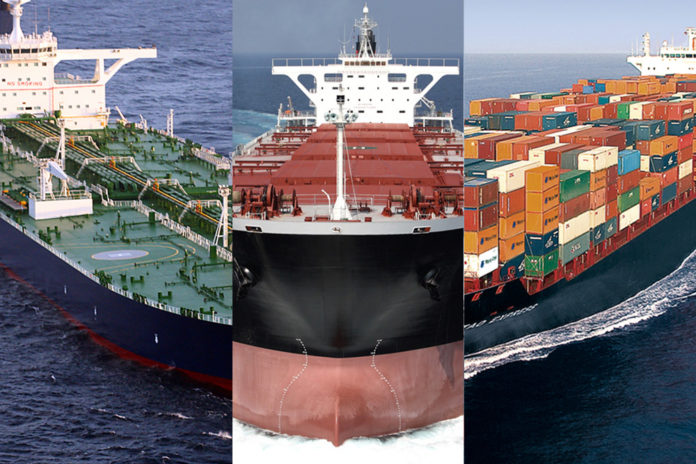
Freight rates appear to have bottomed out as China’s export engine revs up again. Analysts and liner companies alike expect volumes to surge in the near term.[ds_preview] By Michael Hollmann
Sentiment in container shipping is picking up once more at the end of May with a stabilisation and tentative recovery of freight rates as the lockdown in Shanghai starts getting lifted. The plan set out by the authorities calls for a ramp-up of public life and economic activities from 1 June, with export liftings expected to increase quickly over the coming weeks.
Loadings at China’s biggest port had been constrained for about two months chiefly due to production outages and restrictions on hinterland cargo transfers while some volumes were shifted to the port of Ningbo in the south or as far away as Qingdao, according to freight forwarders. The outage coincided with the seasonal lull in trades after Chinese New Year and is likely to have pushed out the seasonal recovery starting with the intra-Asia trades from May.
In view of rising trade expectations the fall in container spot rates slowed down and came to a halt as illustrated by the first marginal rise of the Shanghai Containerized Freight Index (SCFI) on 20 May after circa four months of erosion. Previously, especially the westbound trades out of the Far East had seen quite a price correction, with spot freights for liftings from Shanghai to North Europe slipping by more than one fourth since January and those for shipments to the East Coast of South America even more. Currently, SCFI index rates for loadings to Europe and the Mediterranean have steadied at around 5,800 $/ TEU and 6,600 $/ TEU.
By contrast, rates for transpacific business to North America recorded only modest falls over the past months because of the greater backlog of cargoes and severe congestion on this route.
Clemens Schapeler, Head of Ocean Market Intelligence with logistics consultant Transporeon, pointed out that long-term (contract) rates had not followed spot rates on their way down recently, instead remaining stable. This shows that the »expectation of a temporary rebound« is already embedded in the market. »Carriers have not changed their internal capacity split, still restricting the amount of capacity dedicated to contracts, while shippers are not (yet) willing to adjust volume forecasts downward,« Schapeler explained.
Transporeon seems to rate the impact of the Russia/Ukraine war higher than some other analysts, suggesting that the closure of ports, sanctions and inflation led to a measurable loss of cargo int the Asia/Europe trade. Around 10 % of westbound volumes were bound for European Russia or Ukraine before the war, it says. However, the forthcoming cargo peak season in Europe and North America should be strong enough to offset this loss of volume.
Hence, Schapeler warned shippers that spot rates will rebound in the coming weeks and that it would take at least until the end of 2022 for freight rates to go into structural decline again. This could even be delayed into 2023 if contract negotiations for dockers on the US west coast hit a snag and terminal processes are slowed down. Also, there is a chance that consumer spending on goods and thus container import growth may remained elevated (versus services) for some more time if energy inflation cools down again.
Meanwhile, UK shipping consultant Drewry predicts a major backlog of cargo resulting from the Shanghai lockdown and adding fire to the peak season. 260,000 TEU of export cargo will have to be added on top of normal seasonal growth. Latest trends in the charter and the S&P market for container ships indicate that the liner companies clearly expect volumes to surge in the near term. Chartering demand reportedly picked up again after several quiet weeks. Sales activity also increased with a number of notable deals on 2,500 TEU and on 1,700/1,800 TEU tonnage.
















